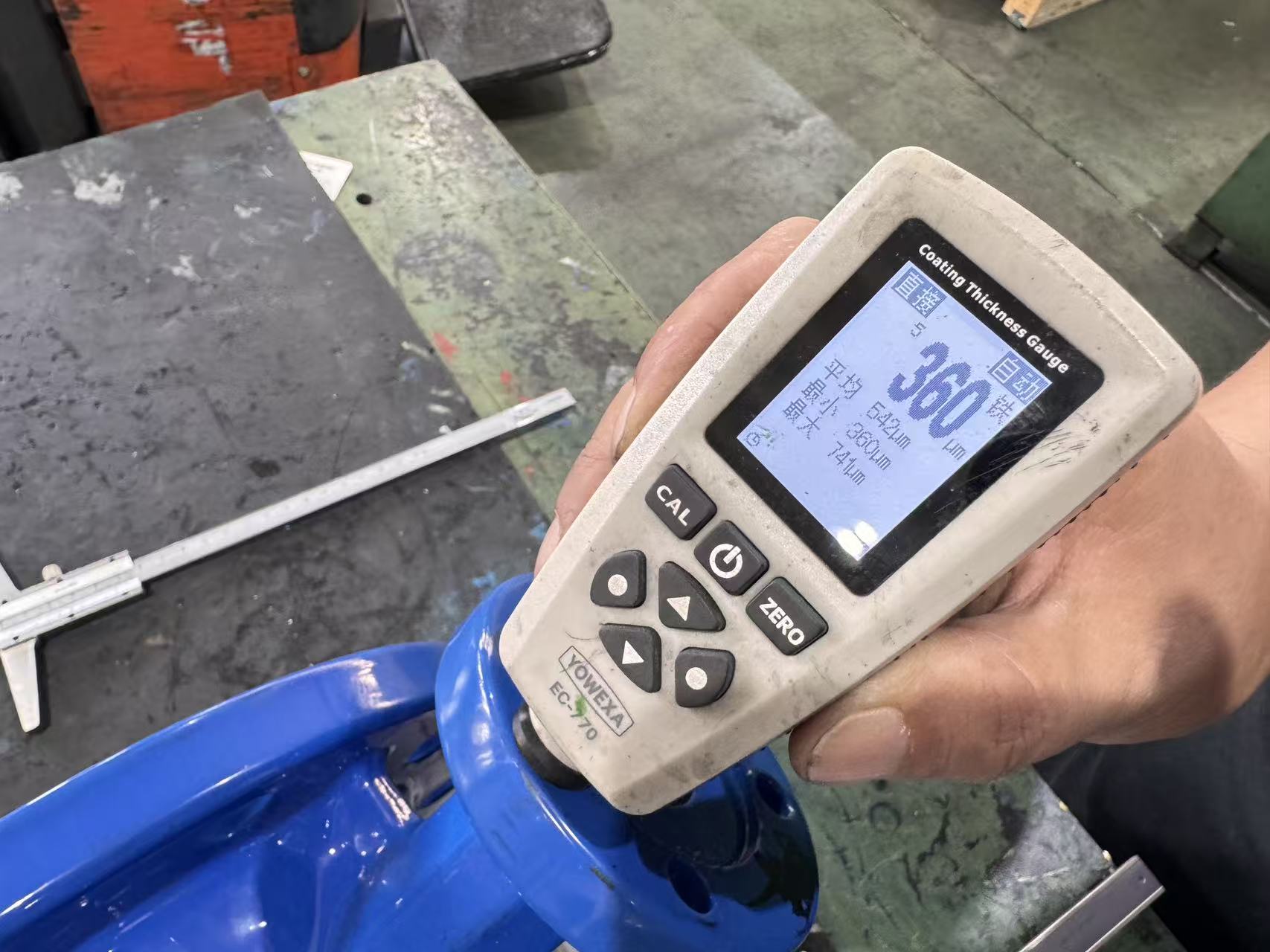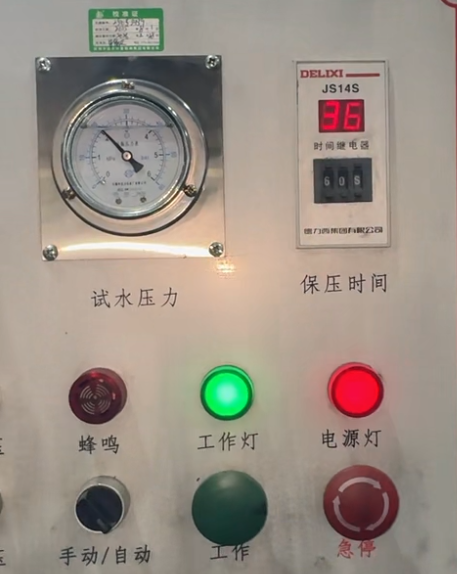Butterfly valves are a common type of valve in industrial pipelines, playing a critical role in fluid control and regulation. As part of routine maintenance to ensure their normal operation and safety, a series of inspections must be performed. In this article, TWS will outline the essential inspection items for butterfly valves and their corresponding standards.
For the appearance inspection of butterfly valves, it mainly includes examining the valve body, valve disc, valve stem, sealing surface, and transmission device, etc. The valve body should be checked for surface defects such as cracks, holes, and wear; the valve disc should be checked for deformation, cracks, and corrosion, as well as the reasonableness of its thickness; the valve stem should be checked for deformation, bending, and corrosion; the sealing surface should be checked to ensure it is smooth, without scratches or wear; the transmission device should be checked to ensure that the connection of its moving parts is secure and that rotation is flexible.
The dimensional inspection of a butterfly valve focuses on critical measurements, including the perpendicularity between the valve body center-line and the connecting flange, the valve opening degree, stem length, and sealing surface thickness. The accuracy of these dimensions is critical to the valve’s shut-off and sealing performance and must be verified in accordance with relevant international standards.
The sealing performance inspection of a butterfly valve consists of two main tests: an air tightness test and a leakage rate test. The air tightness test employs specialized equipment to apply varying pressures to the sealing surfaces. The leakage rate test uses a flow meter to measure the amount of fluid leaked under different pressures, providing a direct evaluation of the valve’s seal.
The pressure resistance test for a butterfly valve evaluates the strength of the valve body and connections under load. Using water or gas as the medium, the valve is tested under a set pressure to detect any deformation or cracking, which verifies its ability to withstand pressure.
The operating force test for a butterfly valve measures the force needed to open and close it. This force directly influences operational ease and must be measured and compared against applicable standards to evaluate compliance.
Butterfly valve inspections cover five key areas: appearance, dimensions, sealing performance, pressure resistance, and operating force. Each area is evaluated against specific international or industry standards. Consistently following these standards is vital for ensuring valve performance and longevity, while also improving the overall safety and reliability of pipeline systems to prevent accidents.
Thank you for your interest in TWS butterfly valve quality. Our adherence to rigorous manufacturing and inspection standards is at the core of our butterfly valve production and across our entire product range, including gate valves, check valves, and air release valves.
Post time: Nov-12-2025







